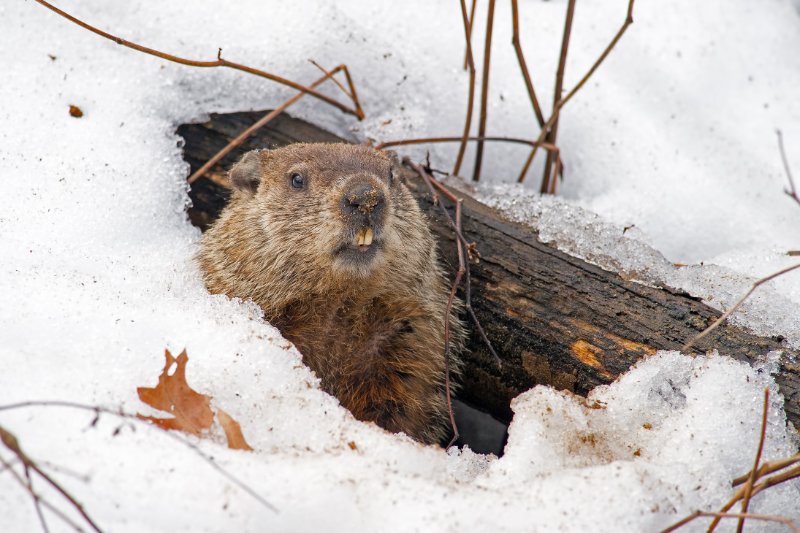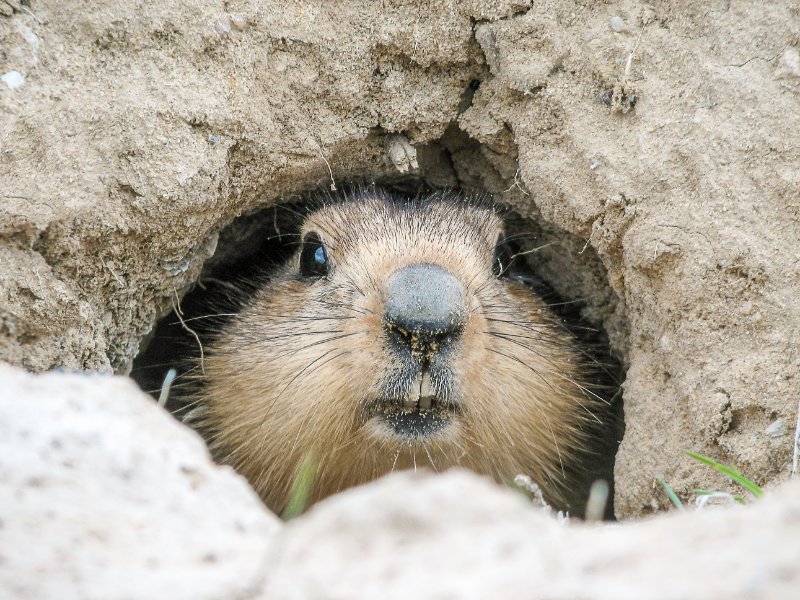Amazing Insights into Groundhog Hunting
During the balmy days of summer, one game stands out above the rest – the groundhog. But don’t let their ubiquity fool you, tracking and successfully hunting these little creatures requires both effort and strategy.
From long-range shots to up-close encounters, groundhog hunts bring exciting opportunities for seasoned as well as newbie hunters. Let’s understand more about their fascinating lives and behavioural patterns before delving into successful hunting techniques.

Discovering Prime Groundhog Habitats
Knowing the groundhog’s preferred surroundings will increase the likelihood of spotting them. Although primarily burrowers, groundhogs are versatile creatures, comfortable populating meadows, fields, and forests alike. While on the hunt, keep an eye out for angled holes leading to their subterranean homes.
Identifying Groundhog-infested areas
A pro-tip while embarking on a groundhog hunt is to seek out crop-filled fields, pastures, and corn fields. Areas clustered with hay, alfalfa, or clovers are an open invitation to these creatures. Similarly, groundhogs are often found near natural water sources, and ranches. Their holes, problematic for farm animals and machinery alike, serve as an ideal marker for their presence.
Mastering The Act of Groundhog Hunting

Choosing the Right Equipment
When hunting, the choice of weapon could greatly influence the outcome. Although any firearm can get the job done, the catch lies in the selection of suitable ammo. High-grain bullets might damage the prey excessively, thereby reducing the appeal for those hunting for food. A .223 or a 25.06, particularly suitable for groundhog hunting, facilitates precise, long-distance shots without unnecessary damage.
Strategies in Groundhog Hunting
Arguably, catching the groundhog from roughly 400 feet offers the best success rate. By positioning yourself in a high enough spot that overlooks the hunting area, the chance of approaching without detection is drastically increased. Binoculars would come in handy to spot potential prey from a distance.
Useful Tips for Successful Groundhog Hunting
- Scout your hunting area thoroughly before setting up
- Always hunt with the sun behind you to remain unnoticed
- Watch for sudden movements since groundhogs are extremely wary of potential threats
- Maintain a healthy distance to prevent scaring them off
The Fascinating World of Groundhogs
Groundhog Hunting, besides being a thrilling sport, offers a glimpse into the fascinating lives of these mammals. With few natural predators, groundhogs lead unhurried lives, often reaching impressive sizes. Females typically birth a single litter each year, with the number of babies ranging between two and six. Farmers, however, view them less favourably as they are known to ruin crops and dig deep holes, making them a target for the hunting community.
Ready to Begin Your Groundhog Hunting Adventure?
Armed with this wealth of information on groundhogs and tactics for a successful hunt, you are well on your way to stepping into the exhilarating world of Groundhog Hunting. Regardless of whether you own land or plan to hunt elsewhere, remember to have the necessary licenses in place. So go on, and happy hunting!